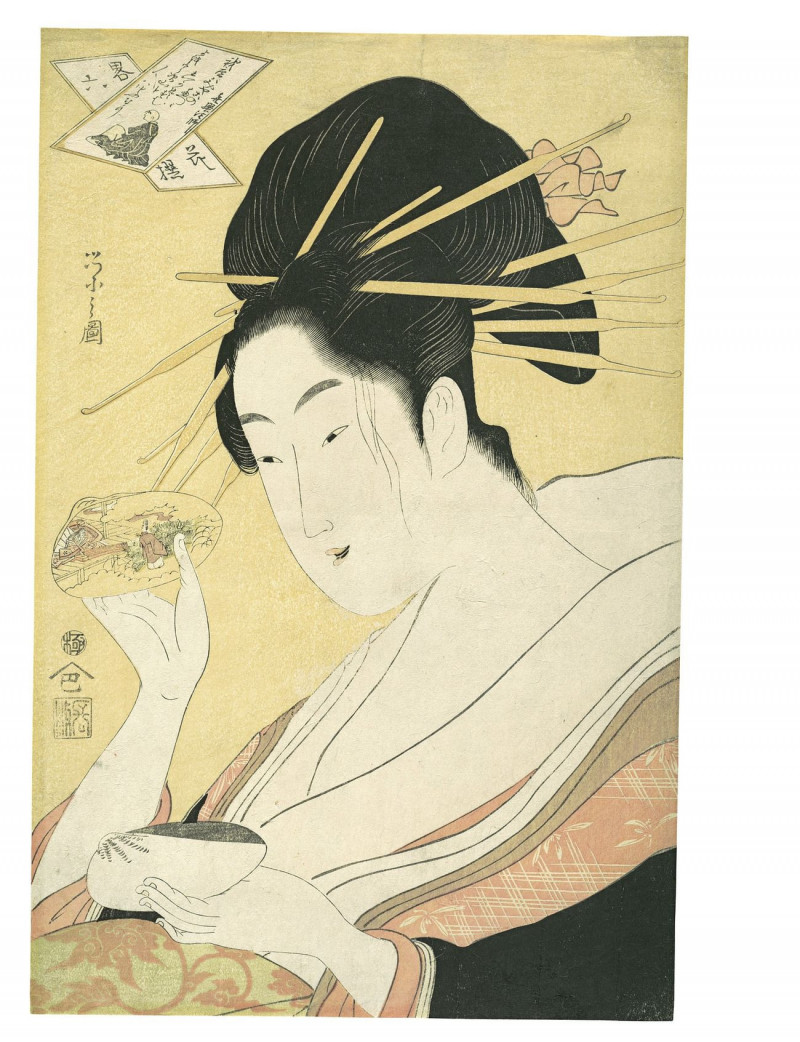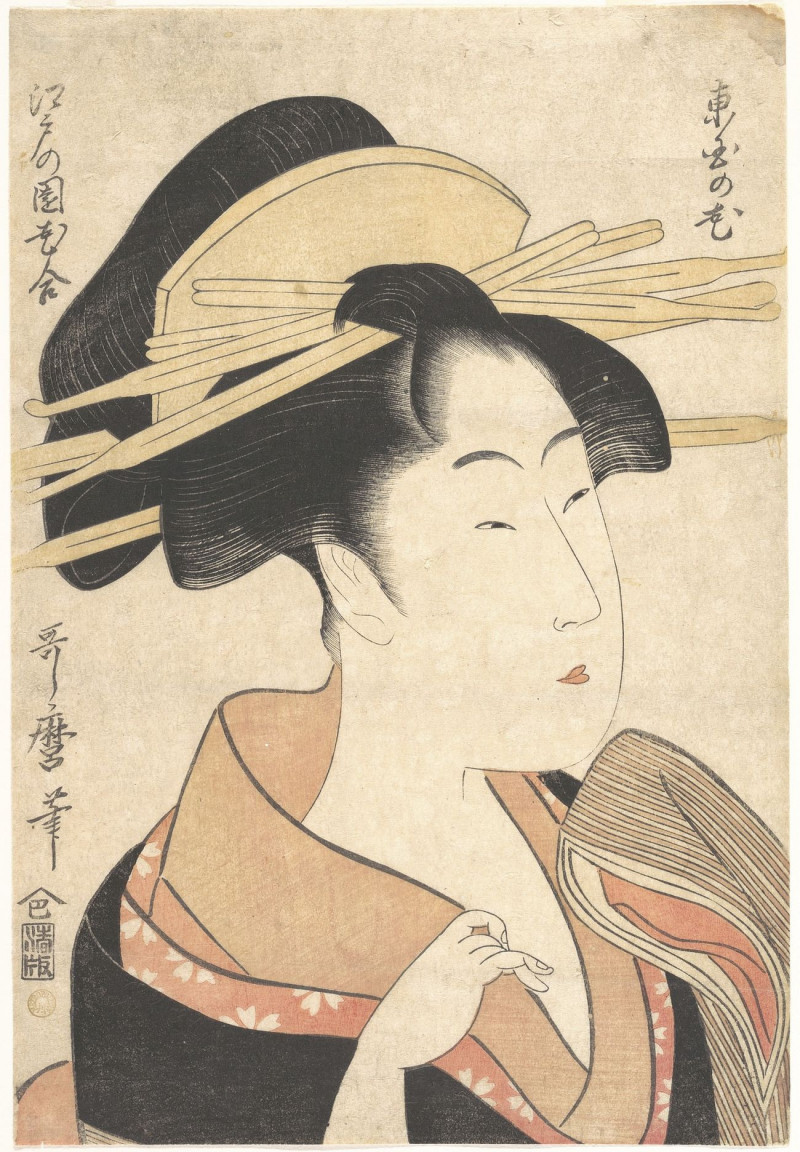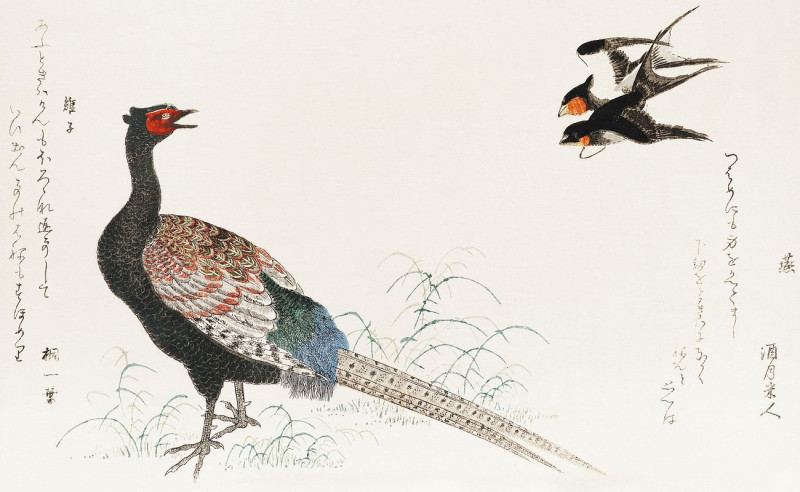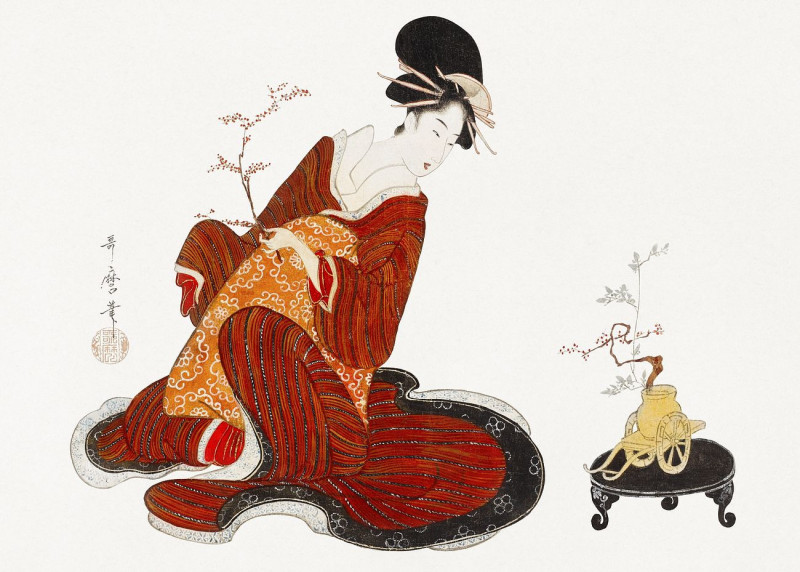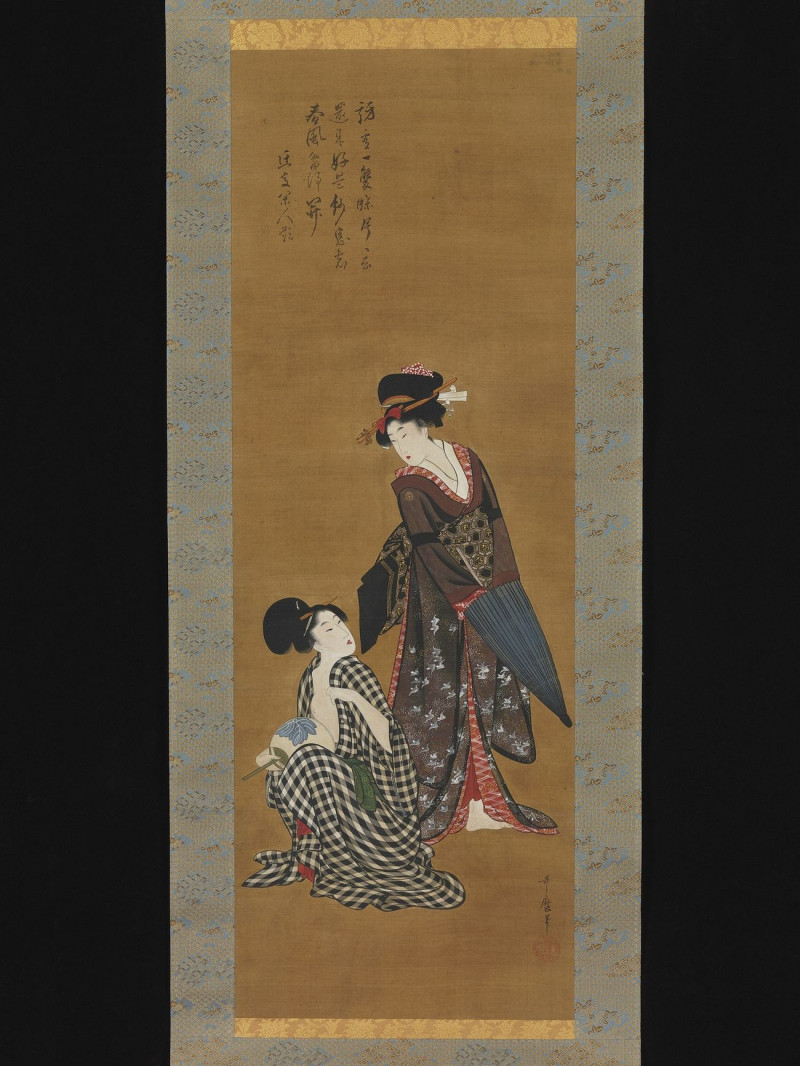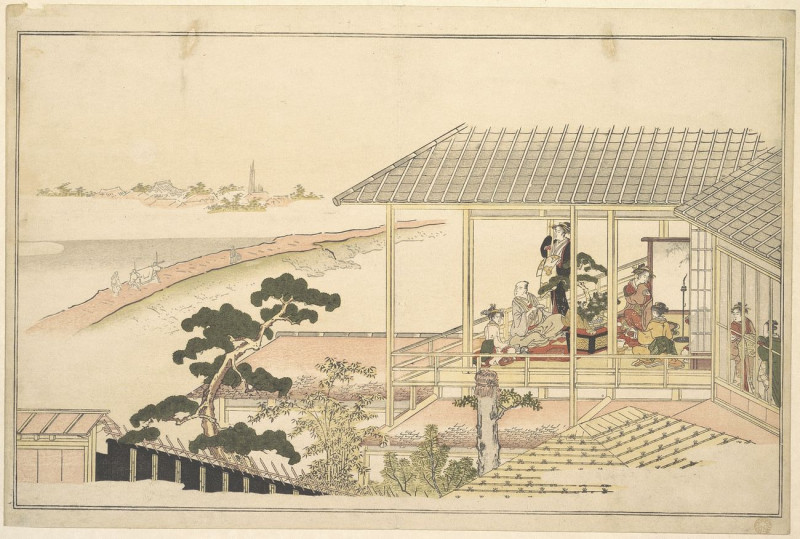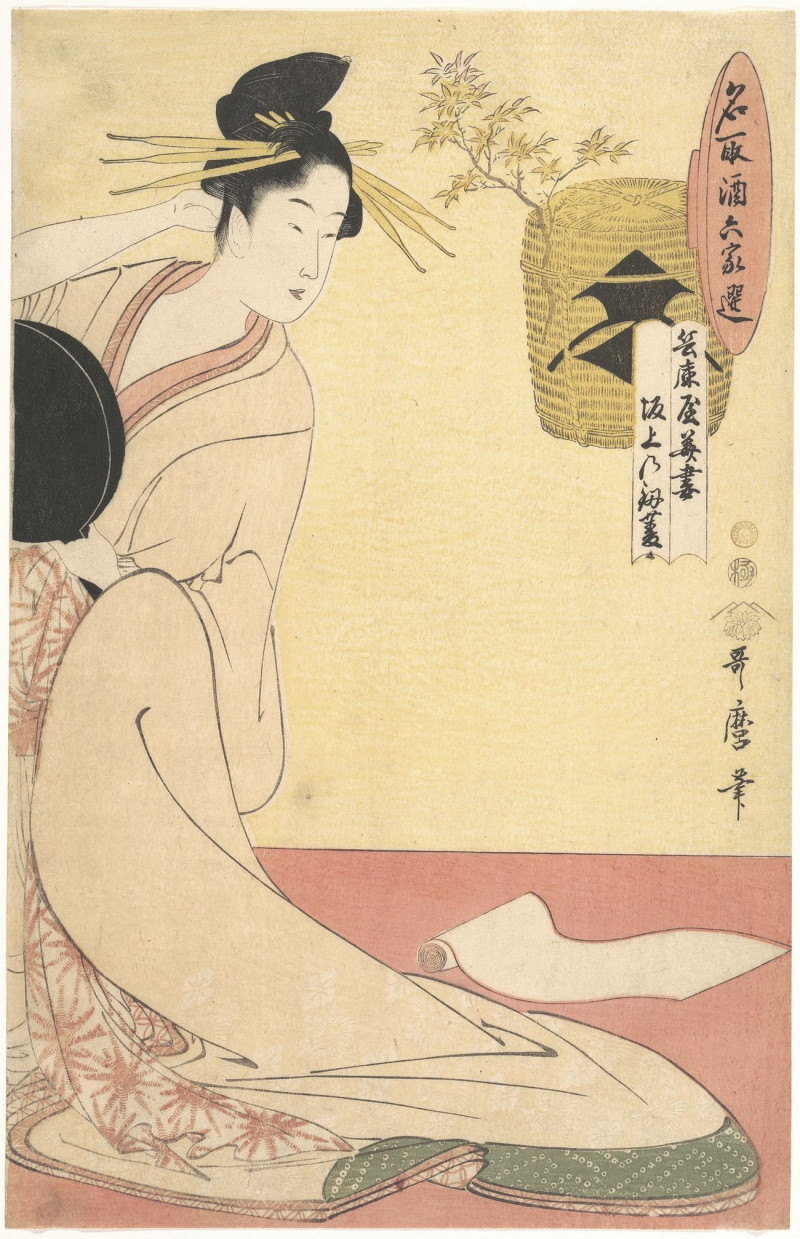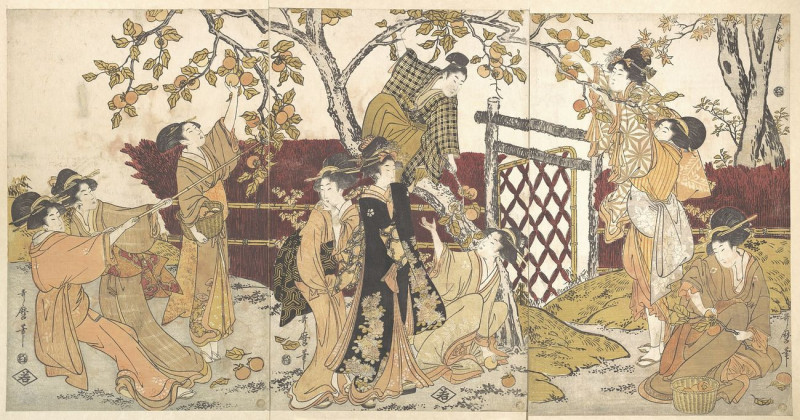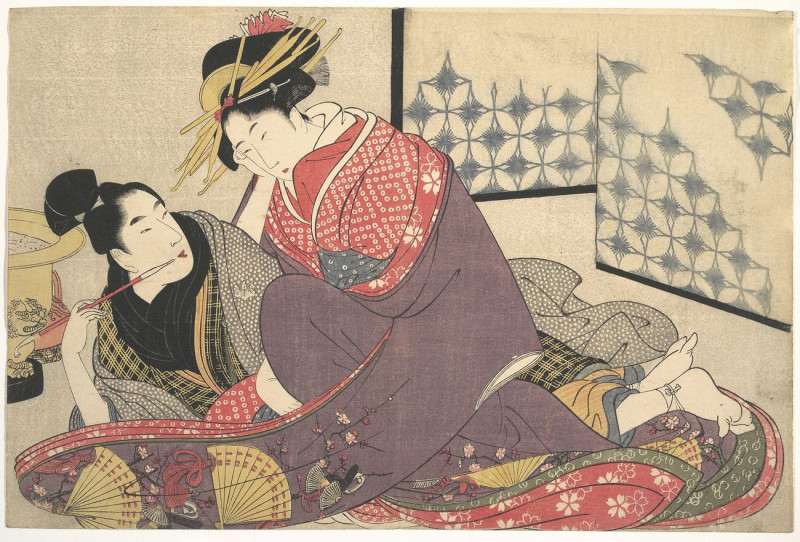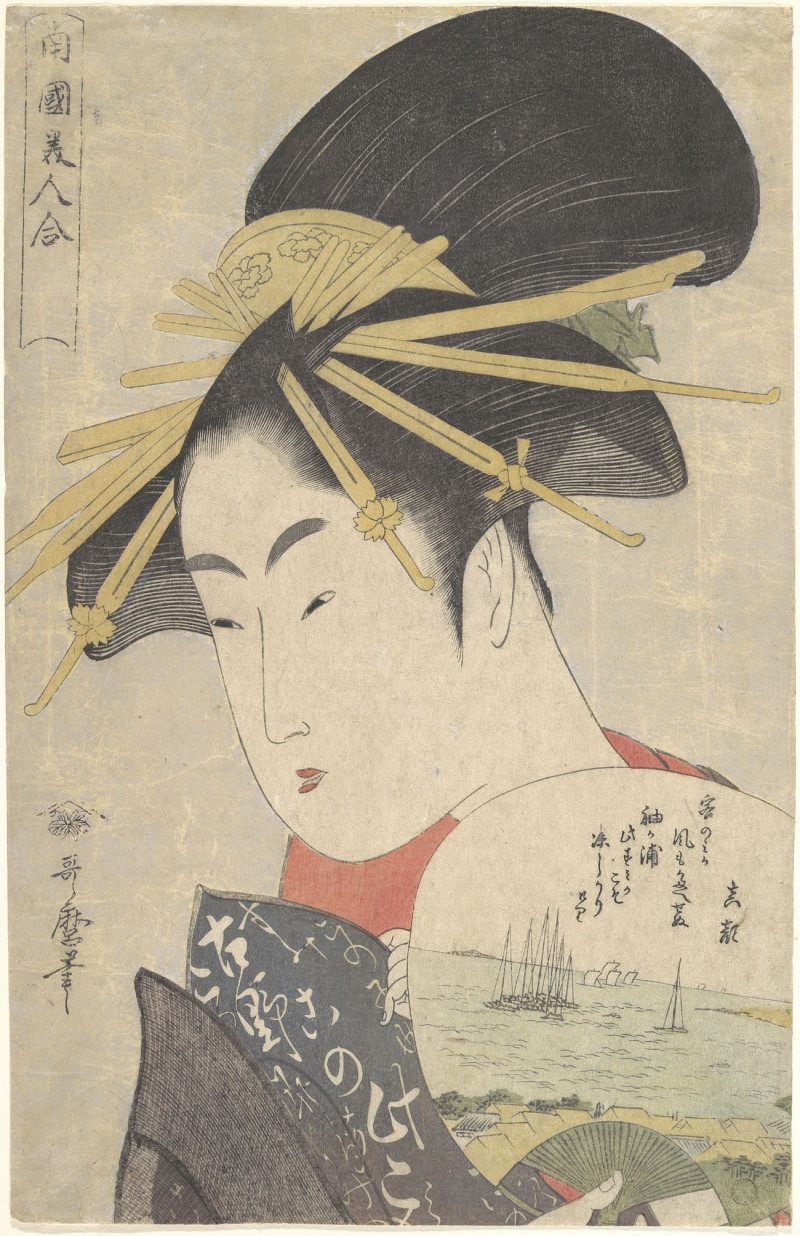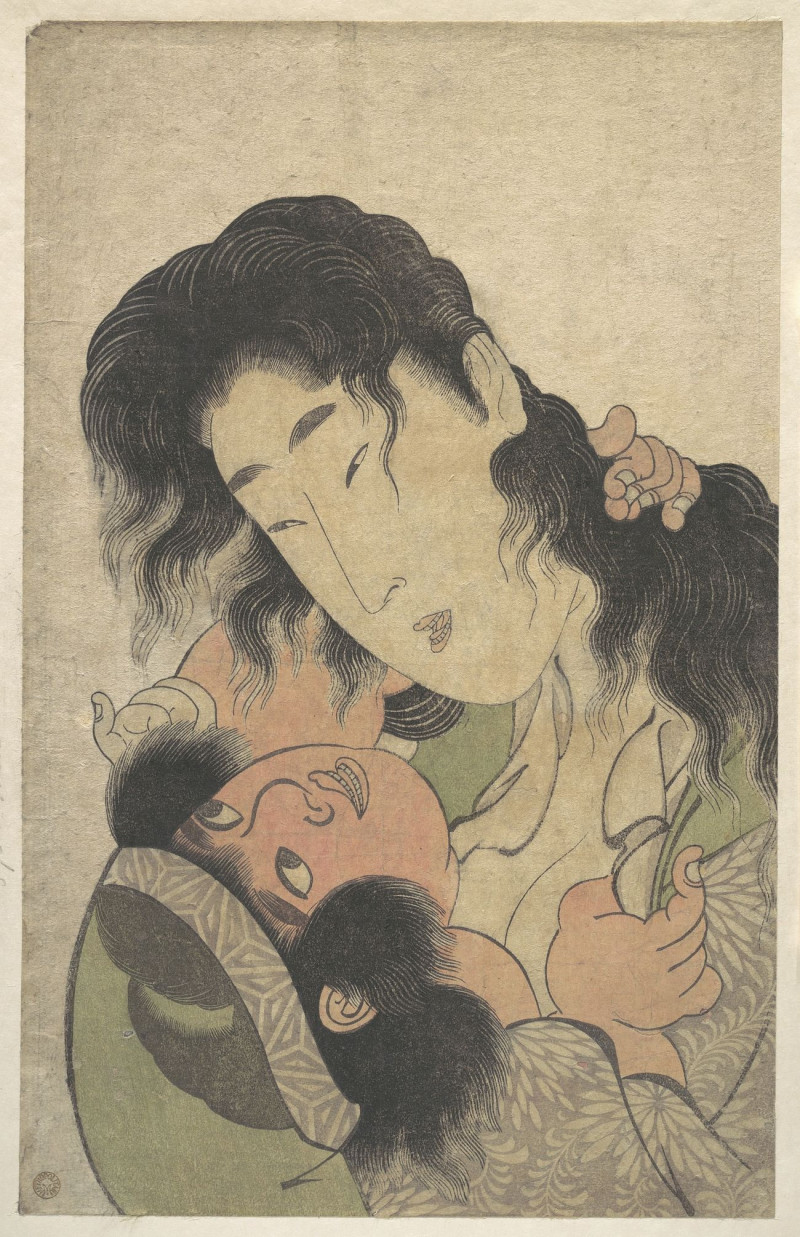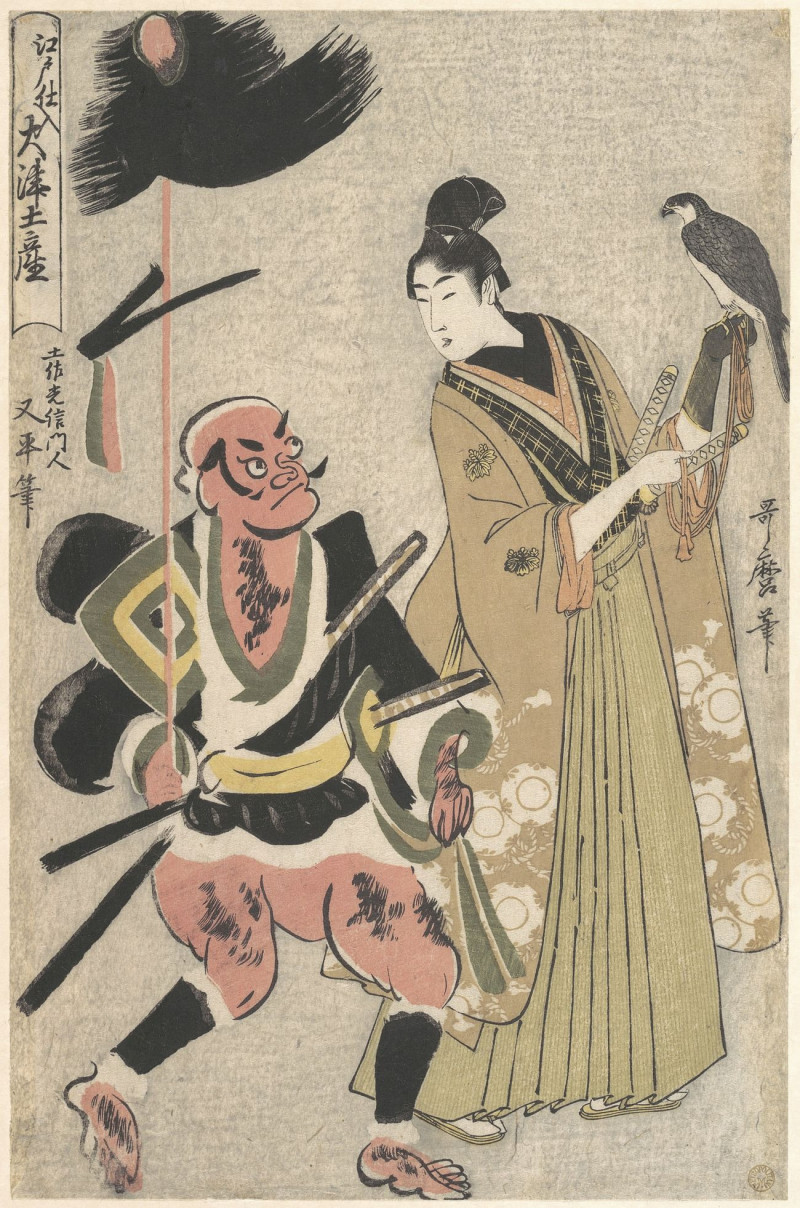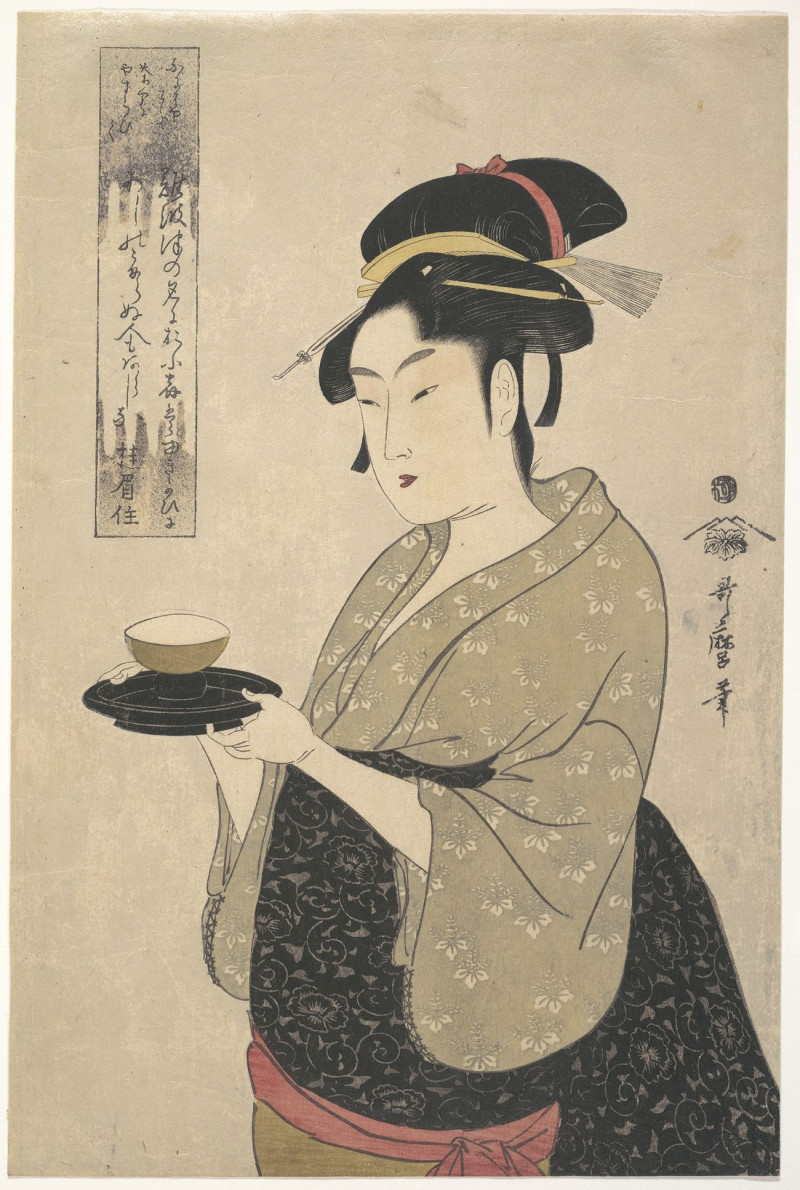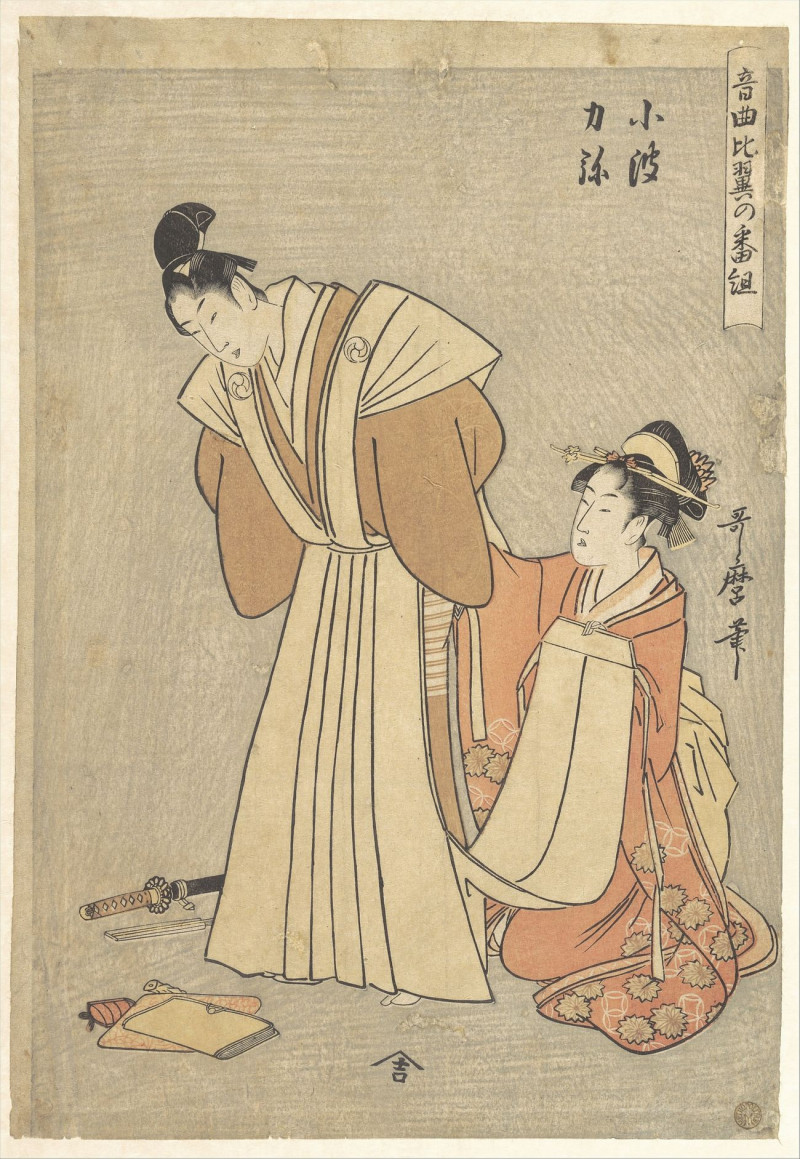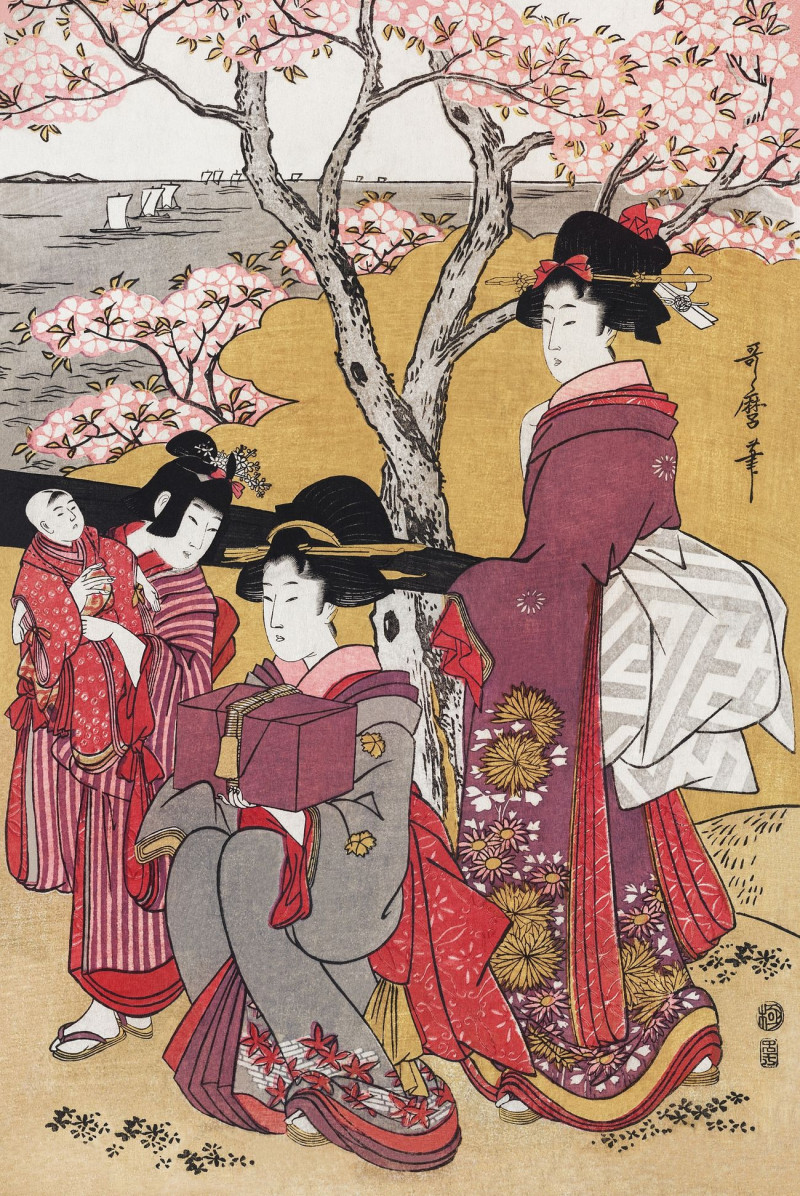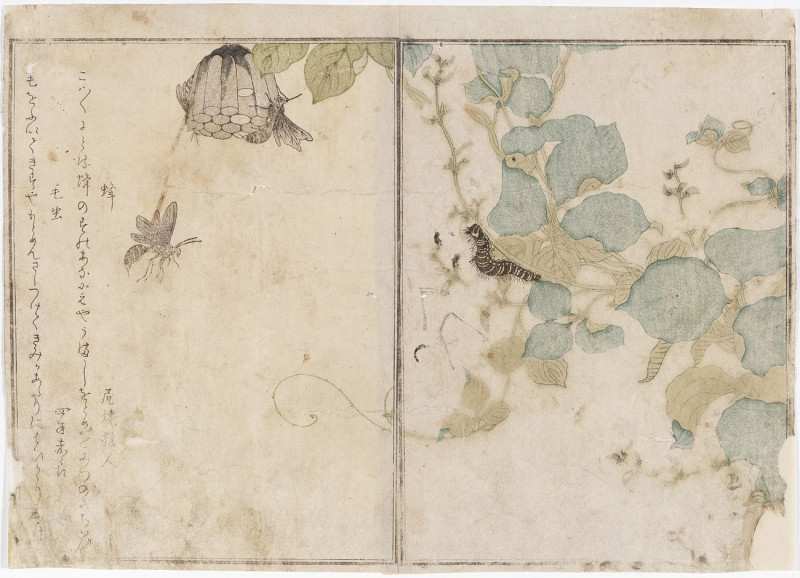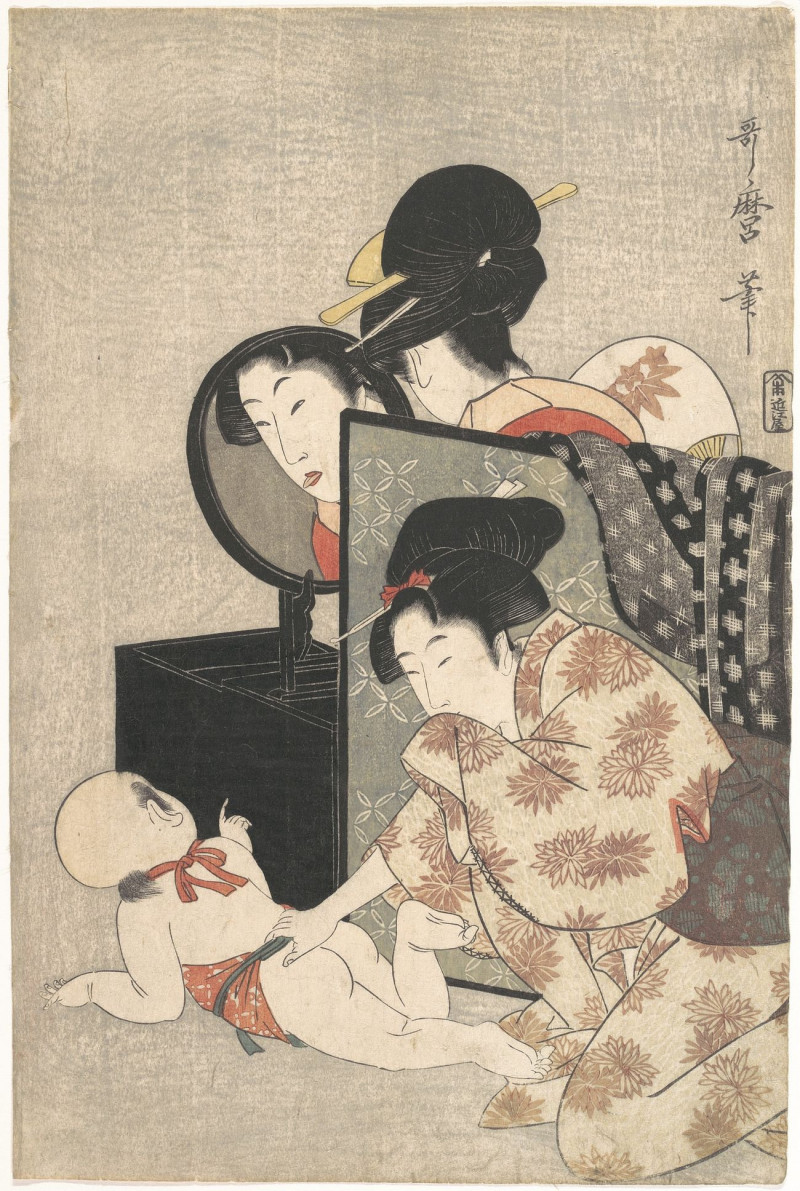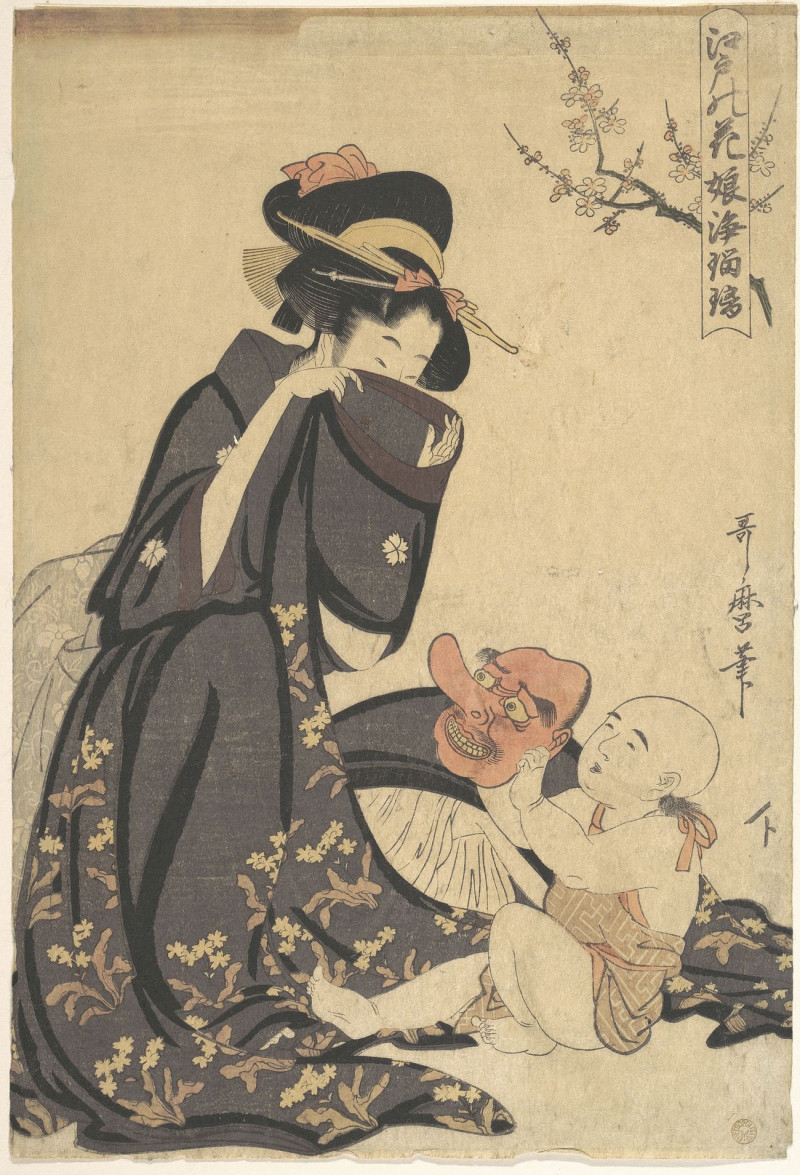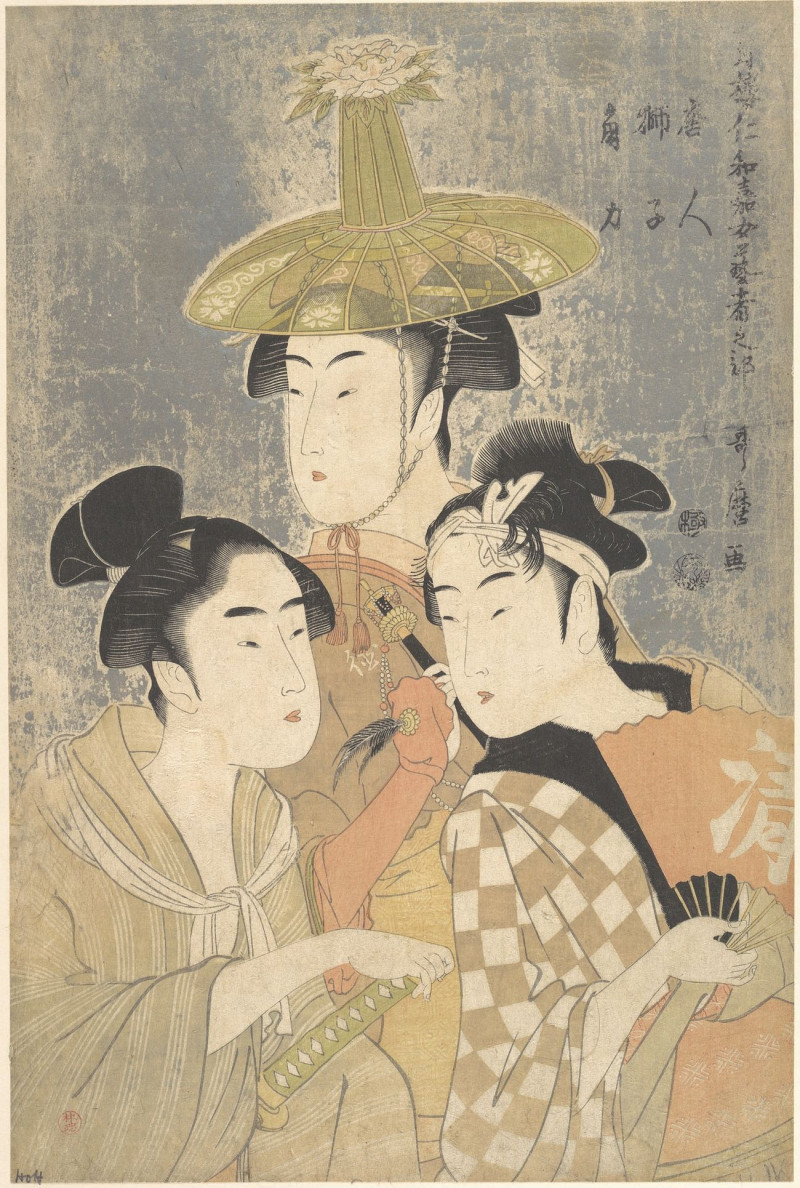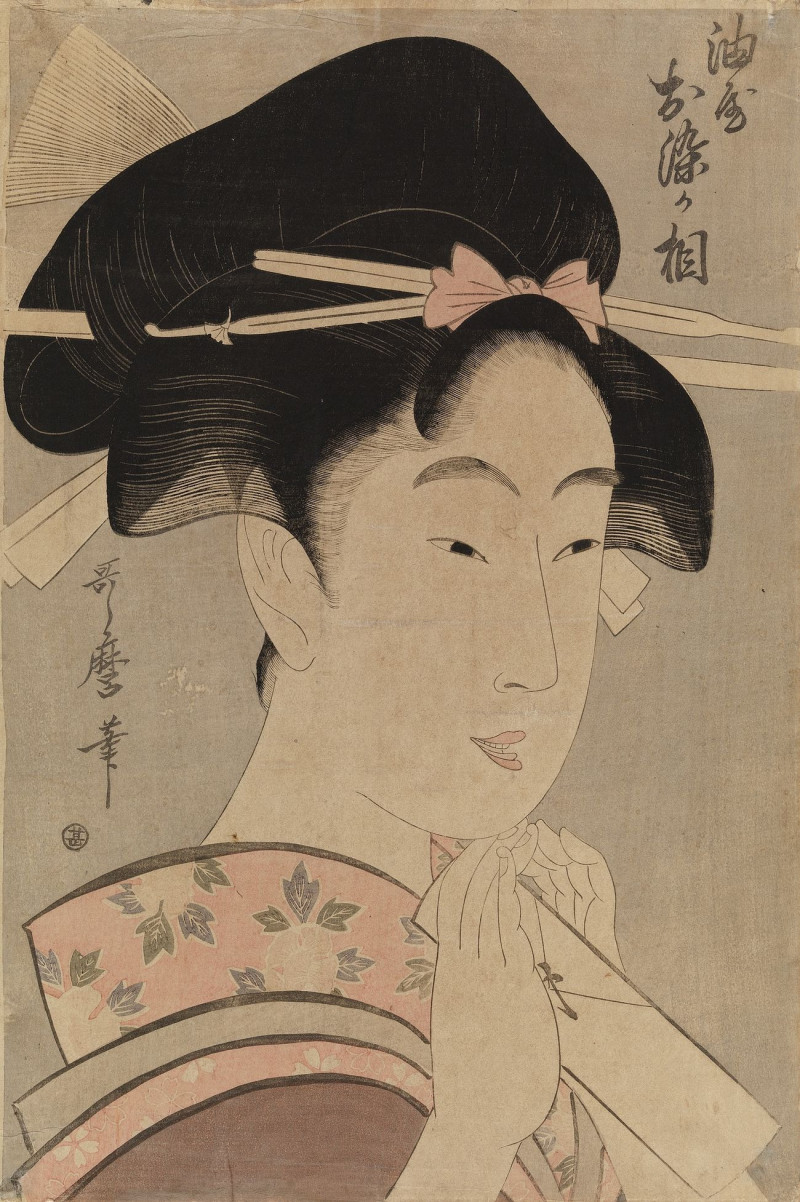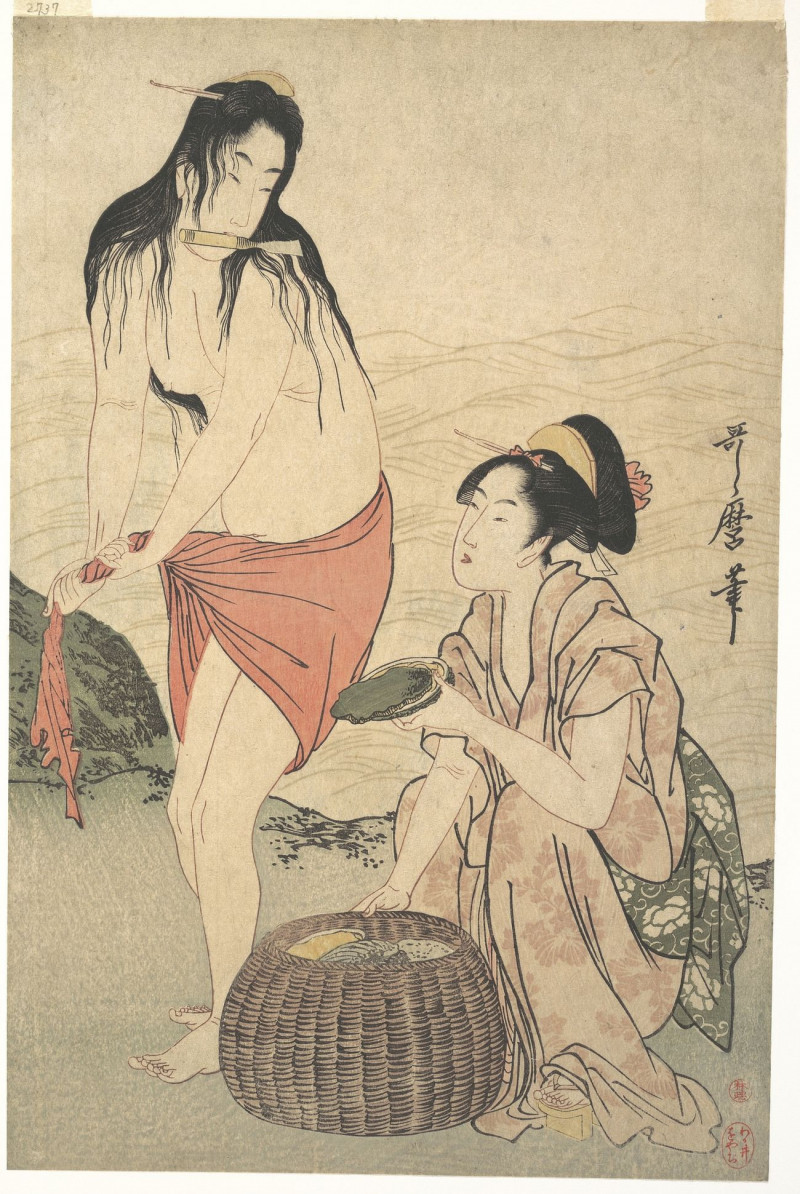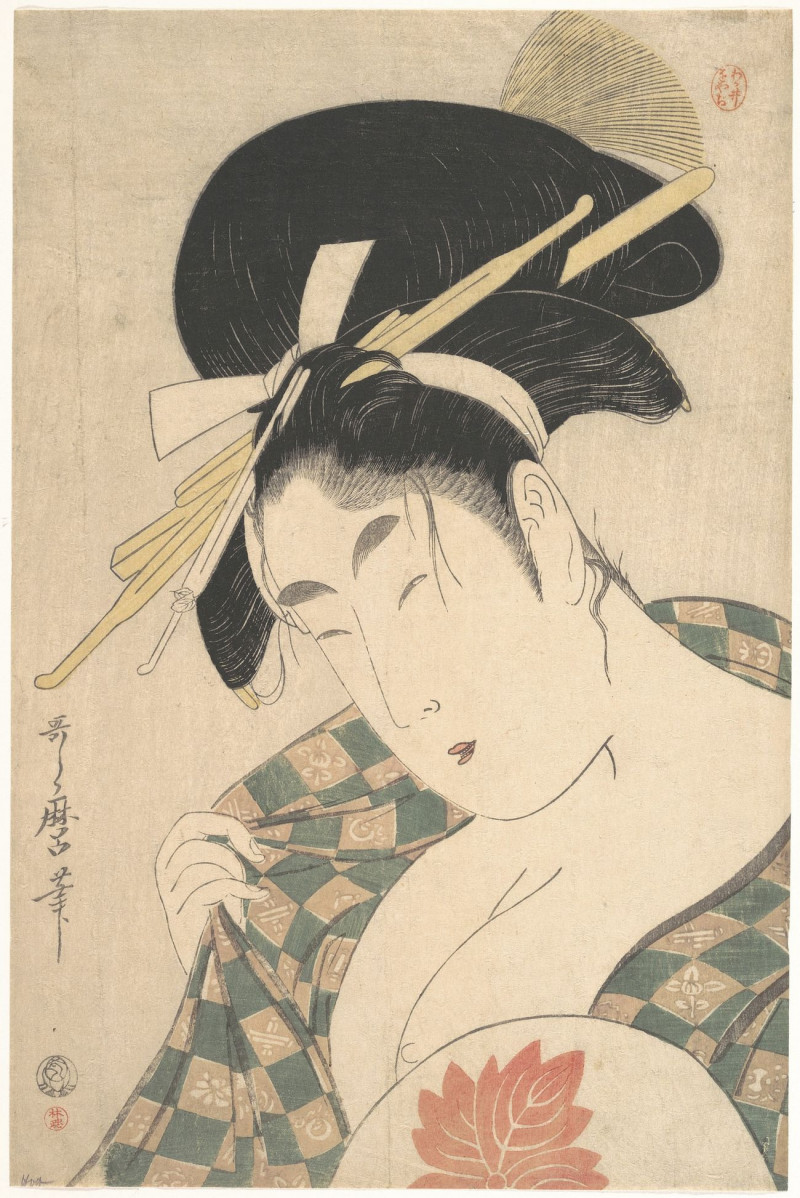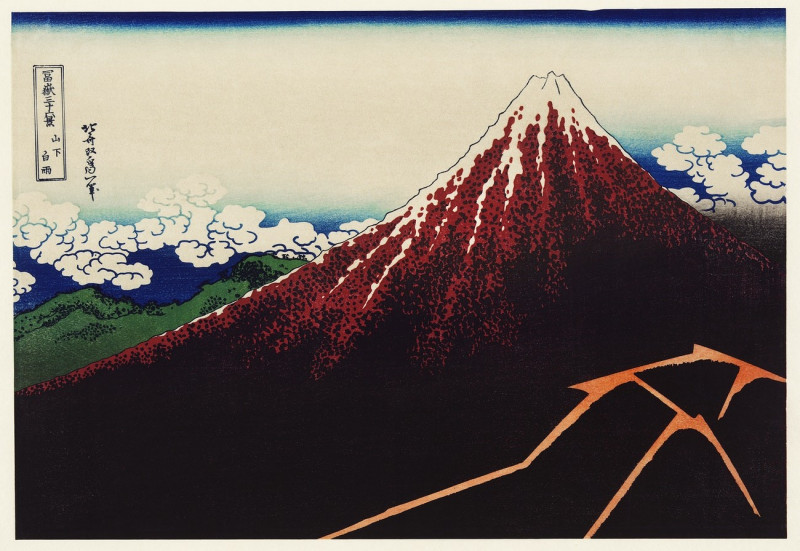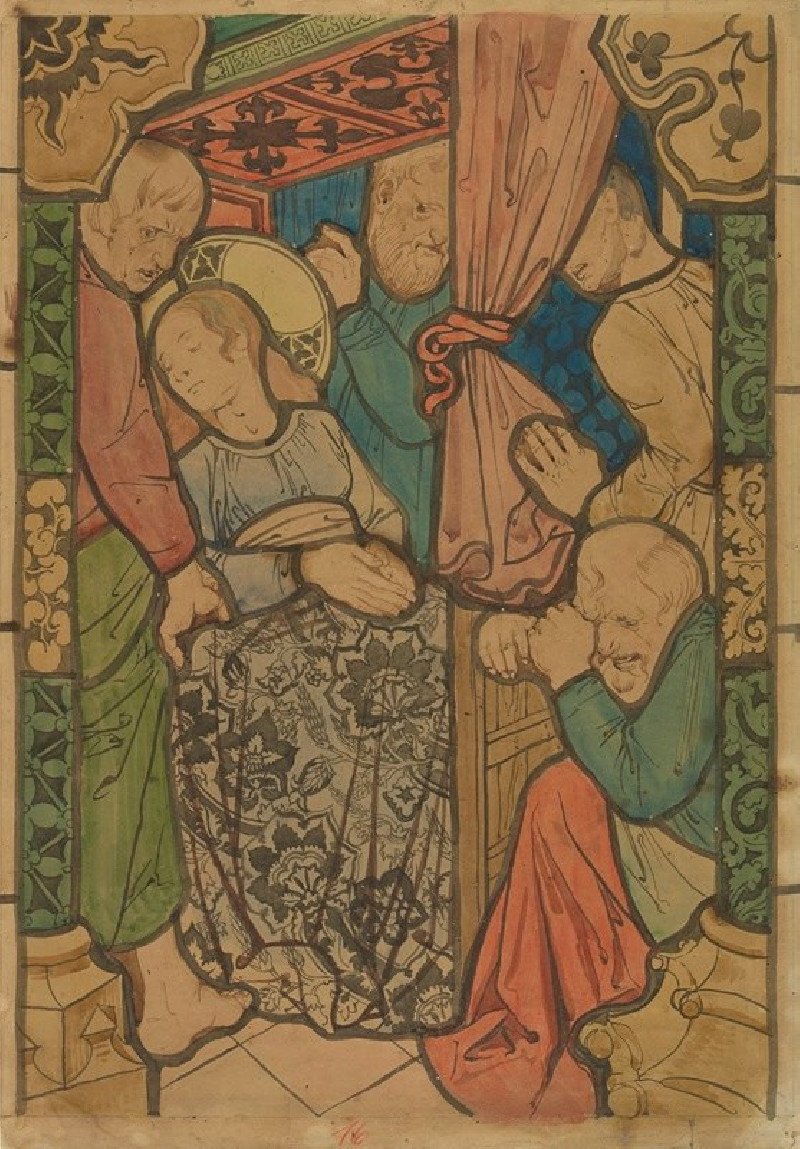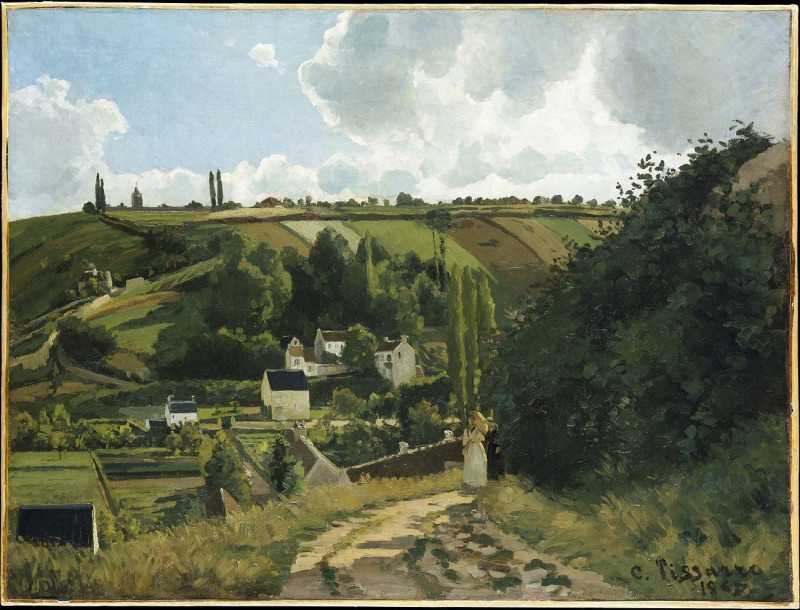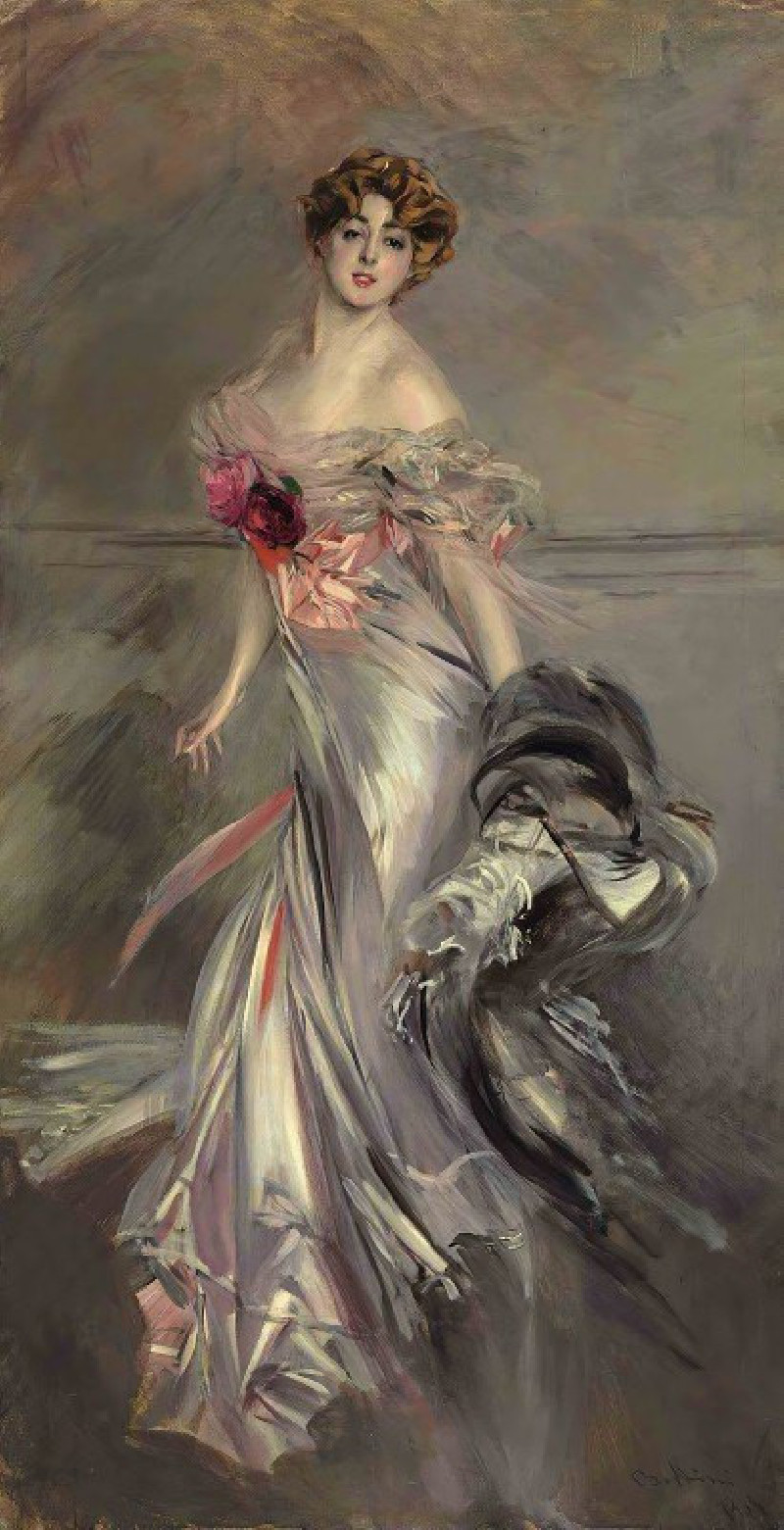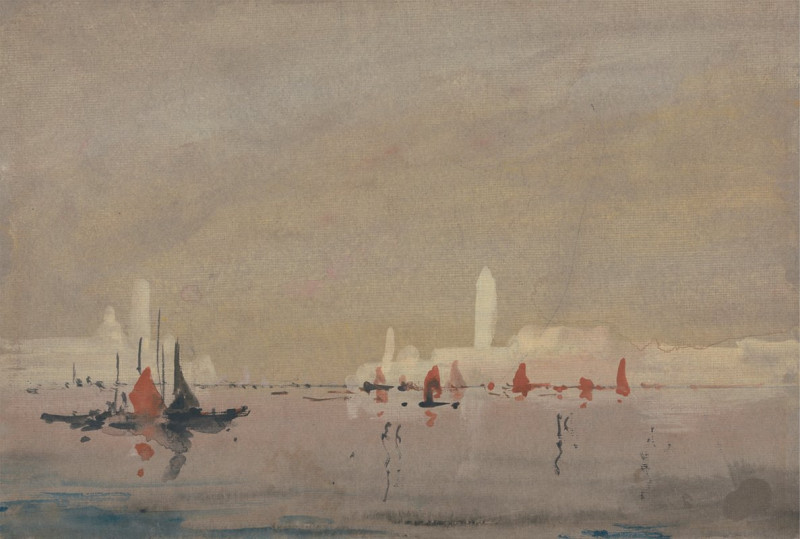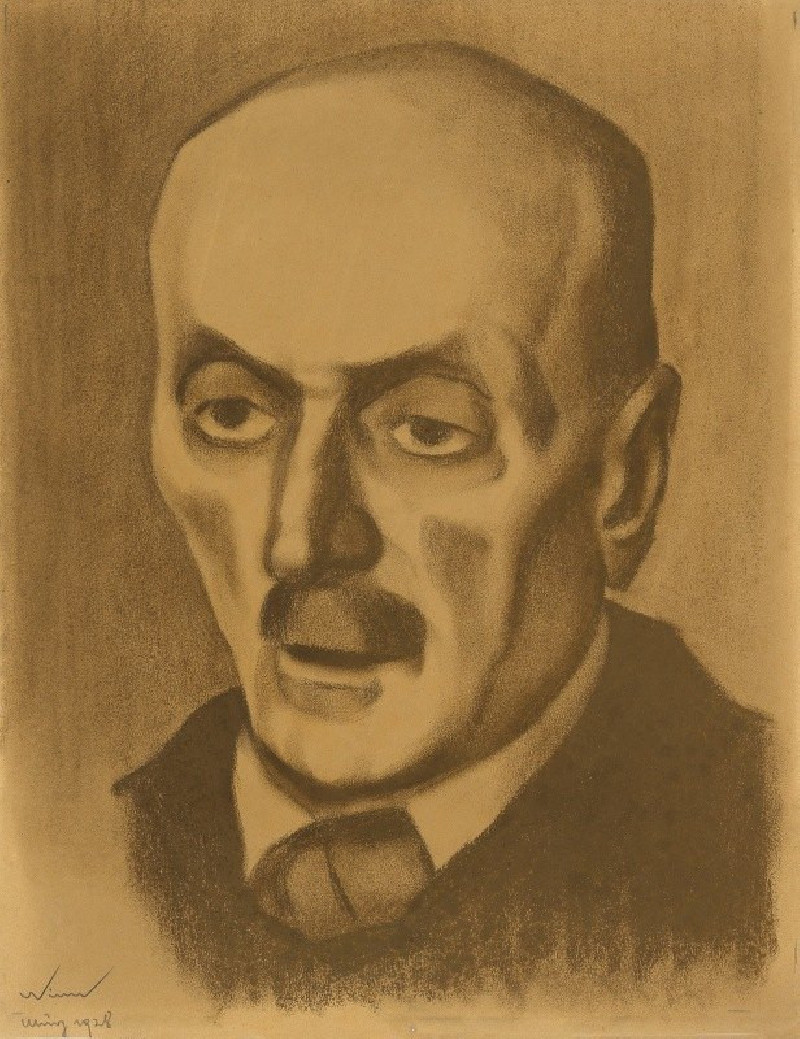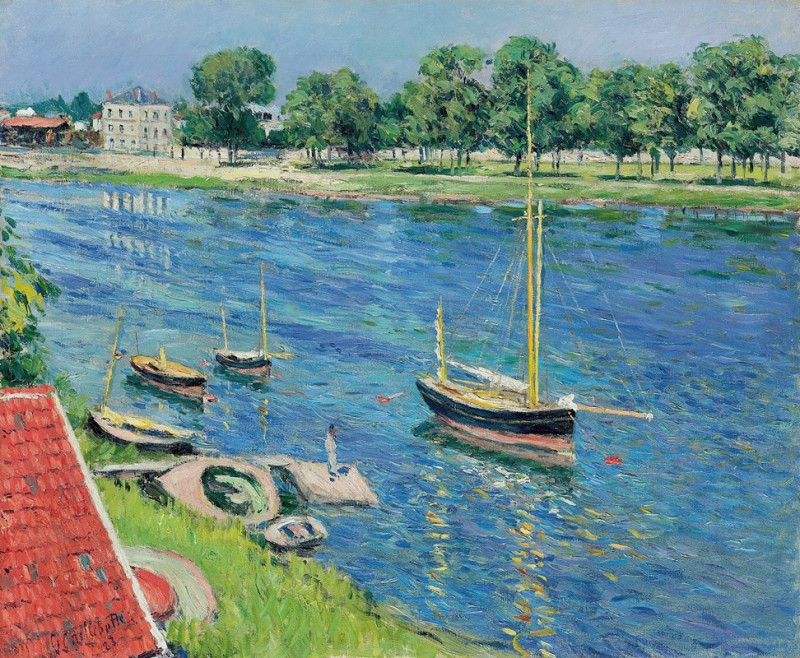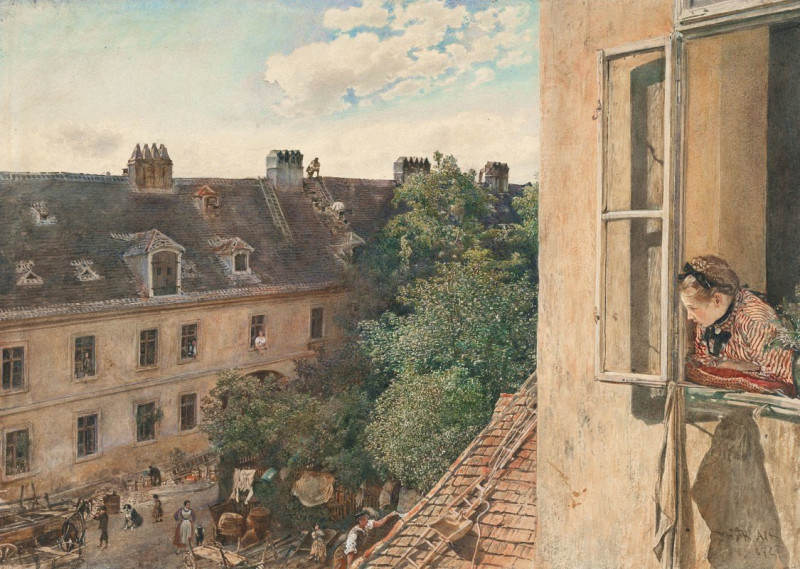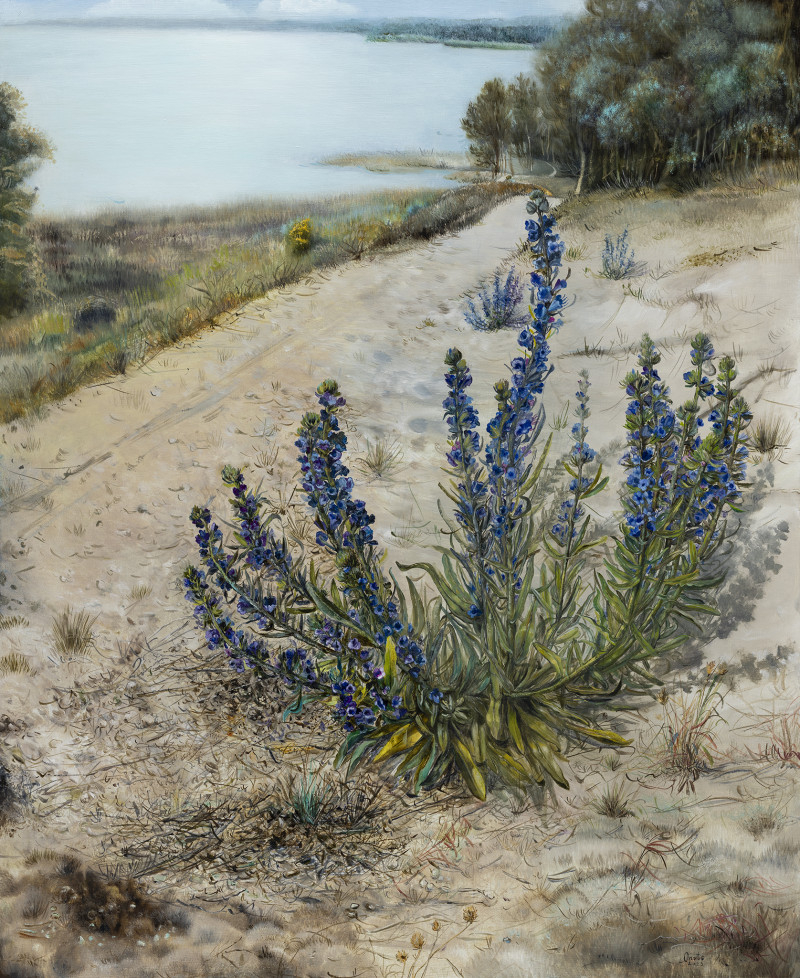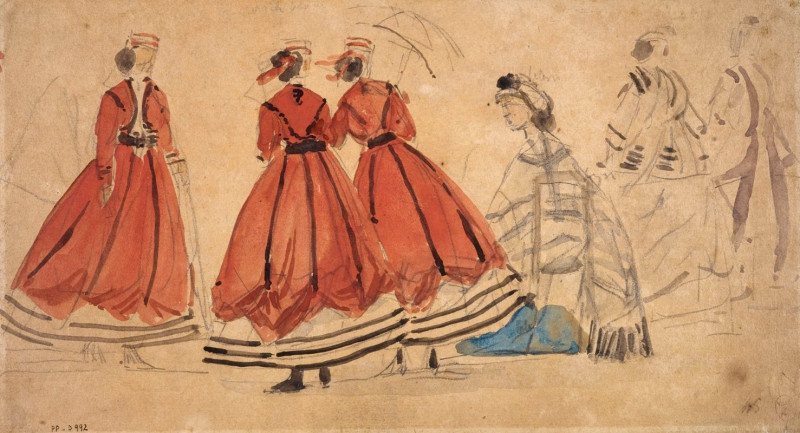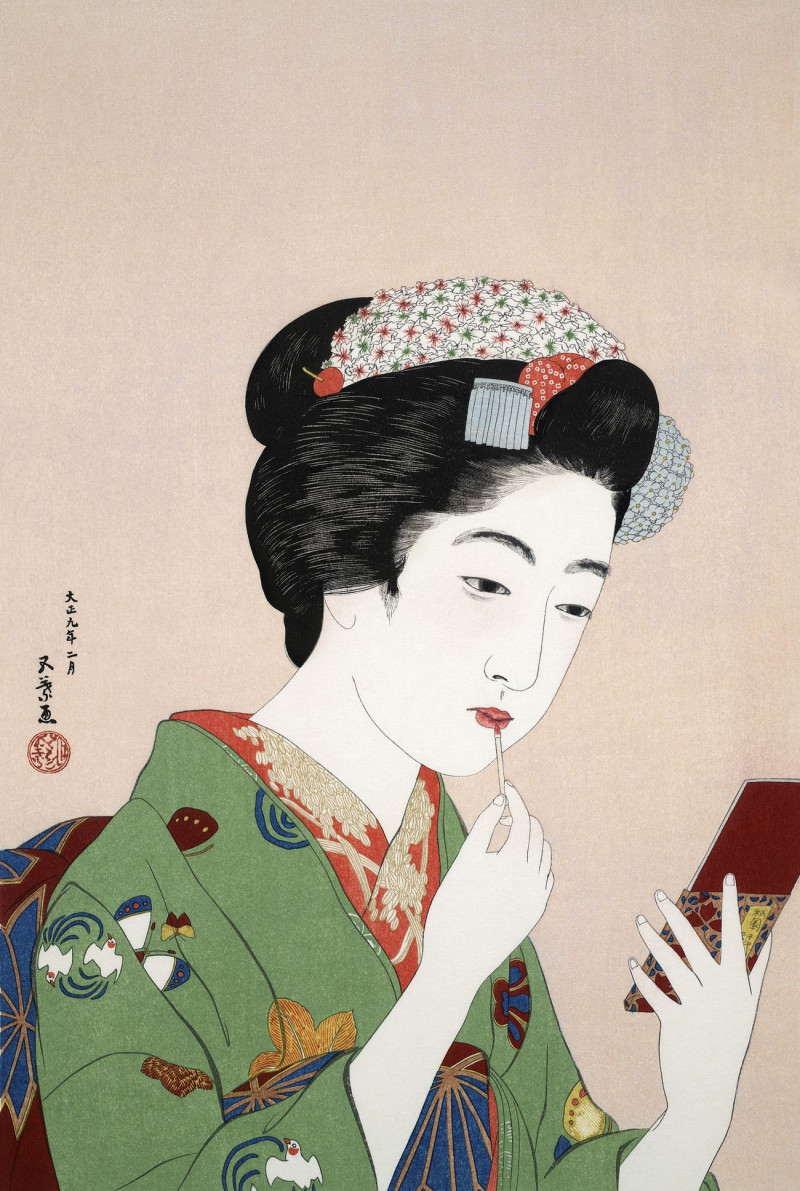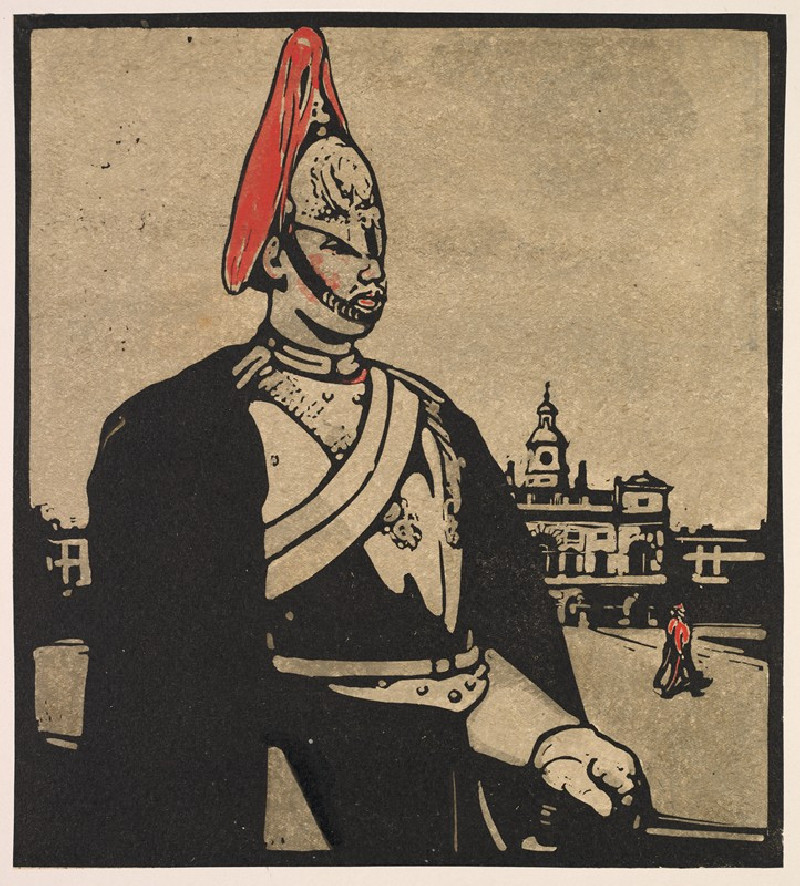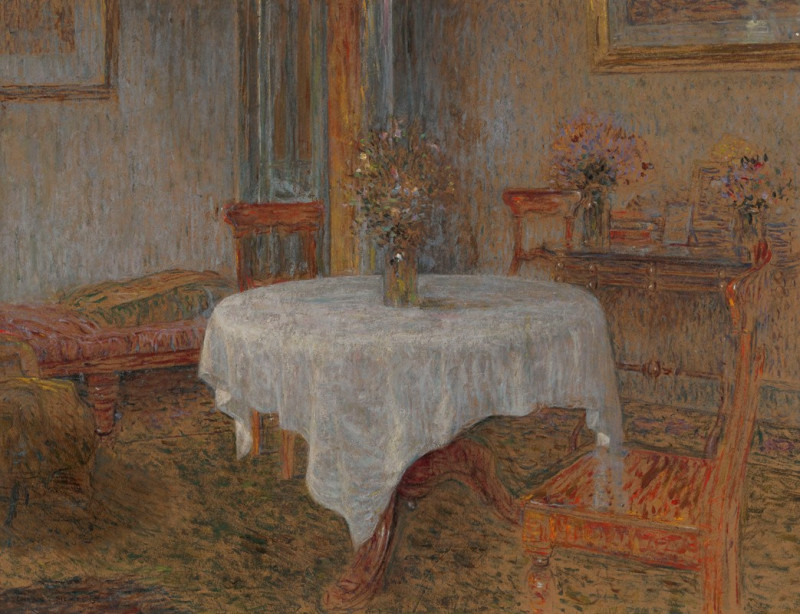Matching Shells
Technique: Giclée quality print
Recommended by our customers
More about this artwork
This painting by Kitagawa Utamaro, titled "Matching Shells," depicts a Japanese woman, possibly a geisha or a courtesan, engaging in a thoughtful activity. She appears to be occupied with examining or matching intricate seashells, which she holds delicately in one hand, while the other hand supports a small bowl.Utamaro's work is highly celebrated for its portrayal of beautiful women and he often depicted them engaged in various daily or cultural activities. This particular work beautifully illustrates his skill in capturing the grace and elegance of the female form, as well as the subtlety of their interactions with the world around them.In terms of composition and style, the painting uses a restrained color palette, primarily in shades of white, beige, and black, with faint hints of colors in her kimono. This allows for a stronger emphasis on the serene and contemplative expression on the woman’s face.
Delivery
Returns
During the Edo period in Japan, Kitagawa Utamaro (1753–1806) was the most famous creator of Ukiyo-e woodblock prints and paintings. Kitagawa was famous for painting beautiful Japanese women and illustrations of nature, birds being his favorite subject. His artworks also influenced European Impressionists in the mid-nineteenth century.

